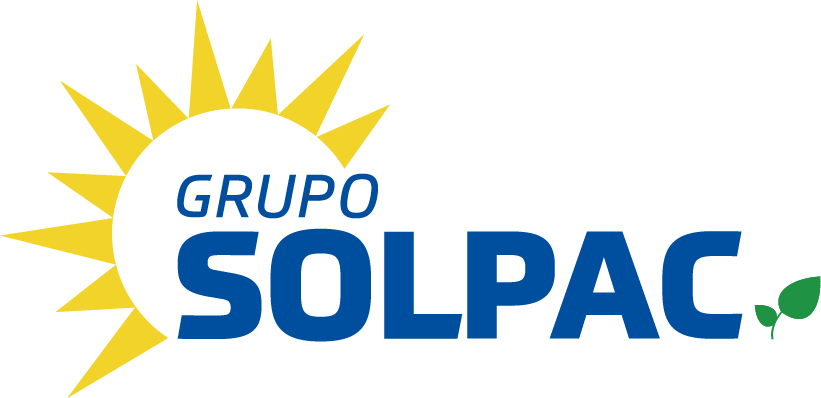RAD is preferred when customer feedback is involved throughout the product design, development, and testing life cycle. To deliver the product, RAD emphasizes time-boxed, incremental delivery of the product. Compared to other development models, rapid application development is relatively inexpensive, but there are some instances where the developments can be expensive due to RAD characteristics. Hiring talented staff means you’ll need to give them appropriate salaries. The bright side is, if you’ve got the staff, you can get the idea from concept to end product a lot quicker than other models.
- Rapid Application Development is a subset of Agile development that enables your team to develop software quickly and efficiently.
- Achieving robustness and quality with speed requires a rigorous approach throughout the RAD process, including prototyping, testing and development, and implementation.
- In this stage, the developers define the software architecture and other requirements of the system.
- RAD was often an essential part of larger business re engineering programs.
- Agile allows effective communication between clients and developers, helping them improve product development services on the go.
- The developers continually pass through these phases in a spiral, or cycle.
For many years, the waterfall model was the leading methodology, but its rigid approach couldn’t meet the dynamic needs of software development. Nowadays, companies around the world embrace agile frameworks and methodologies. If you’ve got a pool of users who can give consistent and reliable feedback on the prototypes you make, then rapid application development is a great model to follow.
What are the Challenges of Rapid Application Development?
All those functionalities were rapidly added as and when they were demanded, and ultimately, the product was delivered to the client. Rapid application development is particularly useful for small businesses that need software done quickly, whilst having a lot of input during the development process. The products in this category help teams craft interactive designs at impressive speeds.
In order for the project to proceed successfully, all stakeholders should be on board with the timeline. Everyone should have the opportunity to evaluate the goals and expectations for the project and weigh in. By getting approval from each key stakeholder and developer, teams can avoid miscommunications and costly change orders down the road. Although the planning phase is condensed compared to other project management methodologies, this is a critical step for the ultimate success of the project.
Kissflow – The best Rapid Application Development platform
With this intuitive, cloud-based solution, everyone can work visually and collaborate in real time while building flowcharts, mockups, UML diagrams, and more. Lucidchart makes this possible—our intuitive visual collaboration platform allows you to map out every step of the process, from scoping to building. While rapid application development offers a range of benefits, including faster project completion, increased flexibility, and enhanced collaboration, it is not without its downsides. This is rapid application development taken to a new level–making applications as quickly as possible that are ready to use instantly by the entire company. The final stage of RAD involves deploying the built system into a live production environment.

Another important aspect of RAD is that it is not straight and narrow; it accommodates implementing changes anytime. RAD emphasizes the concept of constructive feedback without following strict and procedural templates. From apps that save lives to those that process loans in a few clicks, you can use OutSystems to bring your visions to life.
Prototyping
It’s incremental, meaning that the developers initially deliver a prototype that shows the basic functionality of the application and later deliver the remaining functionality. RAD platform, software quality and speed are more important than meeting deadlines. While it’s faster and cheaper to develop web development rad software using a rapid application development methodology, it’s not perfect. The process helps developers make quick adjustments based on frequent feedback from stakeholders. It’s all about creating quick prototypes that can get in front of users for constructive feedback as soon as possible.

These principles help make better decisions across the organization to uncover potential issues. Organizations can implement the best of Lean with Agile methodology to create a healthy, sustainable culture of innovation and scale much faster in specific scenarios. You will gather feedback from users during this phase so that they can give you valuable insight into what works well in your app or website and what doesn’t work at all. Despite its challenges, RAD remains a popular choice for many organizations due to its ability to deliver high-quality software quickly. If you are considering using RAD for your next project, be sure to weigh its advantages and disadvantages carefully to decide if it is the right fit for your needs. Rapid app development can be expensive because you need to engage the best specialists in the market.
Benefits of RAD methodology
And some tools on this list, like Webflow, allow designers to export the completed design as a functional cross-browser prototype. During this stage, developers may optimize or even re-engineer their implementation to improve stability and maintainability. They may also spend this https://www.globalcloudteam.com/ phase connecting the back-end to production data, writing thorough documentation, and doing any other maintenance tasks required before handing the product over with confidence. Since then, rapid app development has evolved to take on other forms and acted as a precursor to agile.

By incorporating agile methods, RAD helps the team focus on solving customer problems, validating assumptions, and addressing technical problems. RAD is an agile software development approach that emphasizes adaptive processes more than the sequential approach of a waterfall model. It is especially suited for software products requiring UI, UX, short release time, low budget, and fast speed. One thing virtually all approaches to RAD have in common is that there is much more interaction throughout the entire life-cycle between users and developers. In the waterfall model, users would define requirements and then mostly go away as developers created the system.
DevOps Deployment Methodology
Shaping is the process of preparing work before being handed over to designers and engineers. Shaped work spells out the solution’s main UI elements, identifies rabbit holes, and outlines clear scope boundaries. It is meant to be rough and to leave finer details for builders to solve, allowing the builders to exercise their creativity and make trade-offs.

Mail, Chat, Call or better meet us over a cup of coffee and share with us your development plan. The prototype provides clients with a clear understanding of what the project is going to be. DevOps methodology is recommended for larger projects that require collaboration between different departments. Extreme programming projects required face-to-face meetings, and require client presence. It improves the overall development speed of a web Development Company.
Writing meaningful user stories with the INVEST principle
Improved time-to-market, as prototypes can be quickly delivered to the client for feedback. Continue incorporating client feedback while the code is tested and retested to ensure a smooth, functioning final product. This step requires you to test your software product and ensure that all of its moving parts work together correctly and as the client expects. The developers define the problem or need they want the application to resolve. The developers write the code and rework its structure to achieve simplicity by affecting the functionality. The developers and the client discuss the vision and goals of the product.
